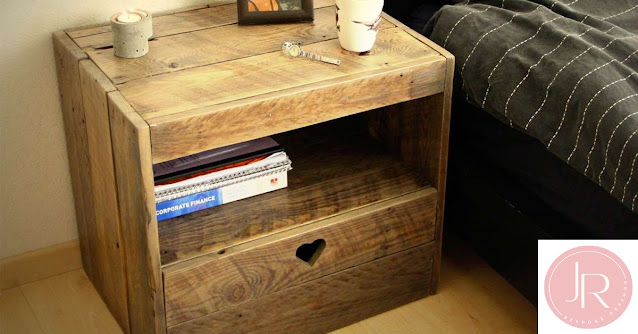The Ultimate Guide to Choosing the Perfect Dining Table
When it comes to selecting the perfect dining table, the options can seem overwhelming. From size and shape to material and style, choosing a dining table involves several important considerations.
This comprehensive guide will walk you through everything you need to know to make an informed decision and find a custom made dining table that perfectly suits your needs and enhances your dining space.
1. Determine the Size
The first step in choosing a dining table is to determine the size that will best fit your space. Measure your dining area to understand how much room you have available.
Width and Length: Ensure there is enough space around the table for chairs and movement. A general rule of thumb is to allow at least 36 inches of clearance around the table.
Number of Seats: Consider how many people you need to seat. For example, a table that is 60-72 inches long can typically seat 6-8 people comfortably. If you entertain frequently or have a large family, you might need a larger table.
2. Choose the Shape
Dining tables come in various shapes, each with its own benefits:
- Rectangular: The most common shape, rectangular tables, are versatile and fit well in most spaces. They are ideal for long, narrow rooms and can seat more people.
- Round: Round tables are great for smaller spaces and create a more intimate dining experience. They are also ideal for rooms with a circular layout.
- Square: Square tables work well in square-shaped rooms and are perfect for small to medium-sized spaces. They provide a more casual and cosy setting.
- Oval: Oval tables combine the benefits of rectangular and round tables. They offer more seating than a round table and are softer on the edges, which can be safer in homes with children.
3. Select the Material
The material of your custom wood furniture Sydney affects both its durability and aesthetic appeal:
- Wood: Classic and versatile, wooden tables can range from traditional oak and maple to exotic mahogany and walnut. Wood adds warmth and character to a dining room. Consider finishes and grain patterns to match your decor.
- Glass: Glass tables are sleek and modern, making them ideal for smaller spaces as they create a sense of openness. They are easy to clean but can show fingerprints and smudges.
- Metal: Metal tables offer a contemporary look and are highly durable. They can be combined with glass or wood for a unique design.
- Marble: Marble tables are luxurious and durable, though they require regular maintenance to avoid staining. They add a touch of elegance and are great for formal dining spaces.
4. Consider the Style
The style of the custom made dining table should complement the overall decor of your dining area:
- Traditional: Traditional tables often feature intricate designs and classic materials like solid wood. They pair well with formal, classic decor.
- Modern: Modern dining tables are characterised by clean lines, minimalistic designs, and innovative materials. They suit contemporary and minimalist interiors.
- Rustic: Rustic tables often showcase natural wood and a rugged appearance. They fit well in country or farmhouse-style homes.
- Industrial: Industrial tables feature metal frames and wooden tops, combining vintage charm with a modern twist. They are perfect for lofts or urban spaces.
5. Think About Functionality
Your custom wood furniture Sydney should meet practical needs:
- Extendable Tables: Ideal for those who host gatherings or have variable seating needs. They come with leaves that can be added or removed to adjust the table size.
- Drop-Leaf Tables: These tables have hinged sections that can be folded down when not in use, making them a great option for small spaces.
- Convertible Tables: Some tables can transform into other types of furniture, like a desk or a bar, offering versatility for multifunctional spaces.
6. Set a Budget
Dining tables come in a wide range of prices, from budget-friendly options to high-end luxury pieces. Set a budget that reflects your needs and preferences while keeping in mind the table’s longevity and quality.
7. Consider Maintenance and Care
Different materials require different levels of care. Wooden tables might need regular polishing, while glass tables might require frequent cleaning to maintain their clarity. Choose a material and finish that aligns with your lifestyle and maintenance preferences.
8. Test for Comfort
If possible, test out the table by sitting at it. Ensure that the height is comfortable for both dining and using chairs. Check that there’s ample legroom and that the table feels stable and sturdy.
Final Words
Choosing the custom made dining table involves balancing style, size, and functionality to fit your space and needs. By considering the factors outlined in this guide, you can find a table that not only enhances the aesthetic of your dining area but also serves as a practical and comfortable centrepiece for family meals and entertaining.




Comments
Post a Comment